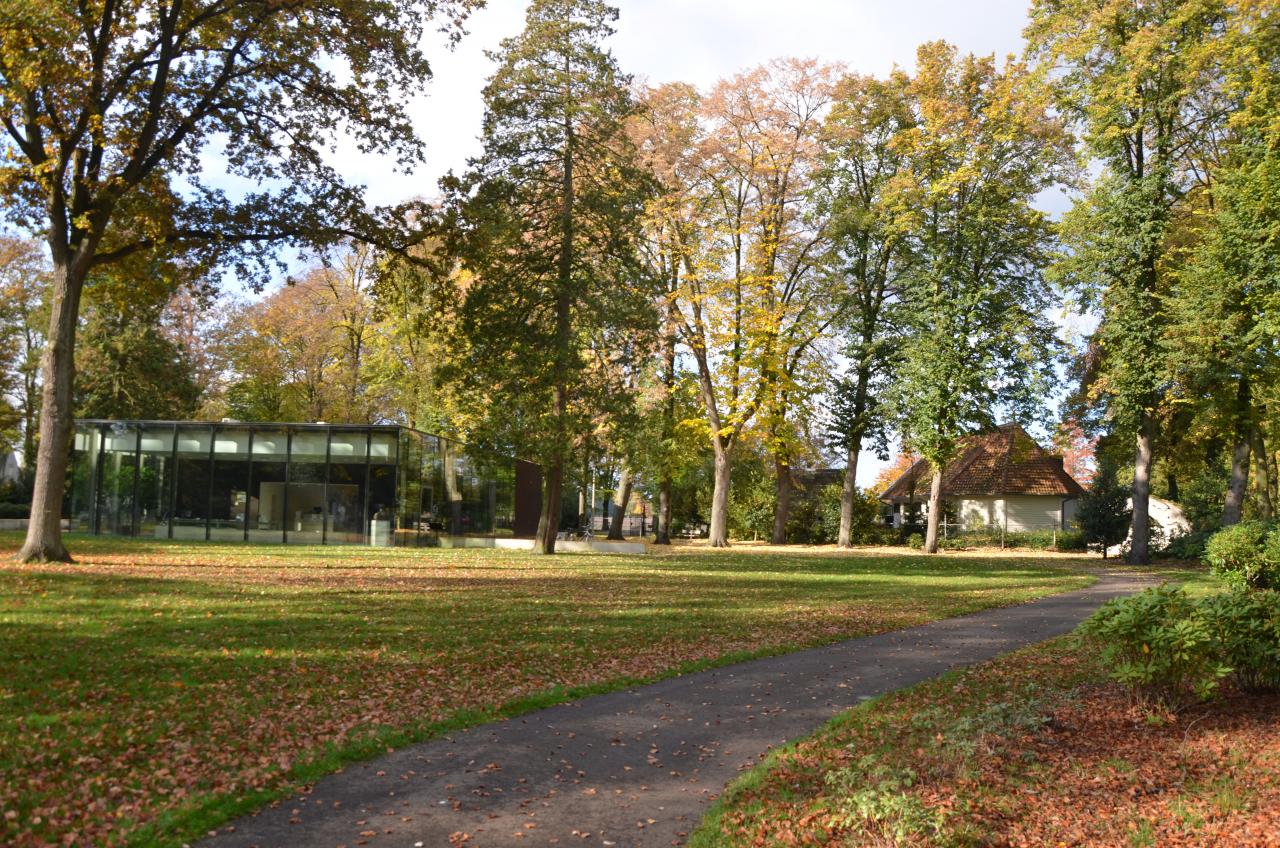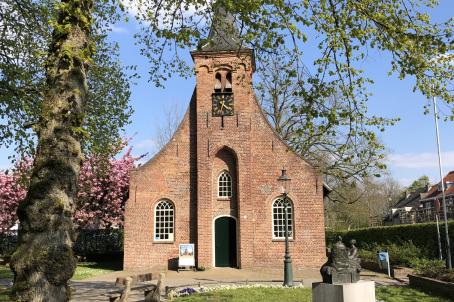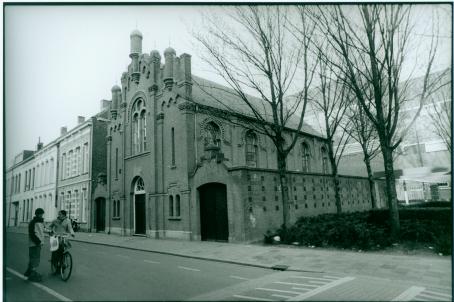Peerke Donders
Petrus (Peerke) Donders was born in Tilburg on October 27, 1809. He worked as a missionary among lepers in Surinam. Around 1900 his worship arose in Tilburg. The people of Tilburg saw in him someone with whom they could identify. In 1982 Peerke Donders was beatified. On the northern edge of Tilburg (220,000 inhabitants), the Peerke Donders Park is a popular place of pilgrimage with a birthplace, chapel, park and a museum that opened in 2009.
About this building
Peerke Donders in Tilburg is a successful example of how religious heritage can be given a relevant place in contemporary society. His example is used by a very active management foundation to bring people closer together, both in Tilburg and the Netherlands and worldwide (especially Suriname and the Caribbean). The person of Peerke Donders and his ideals serve as a starting point for this.





